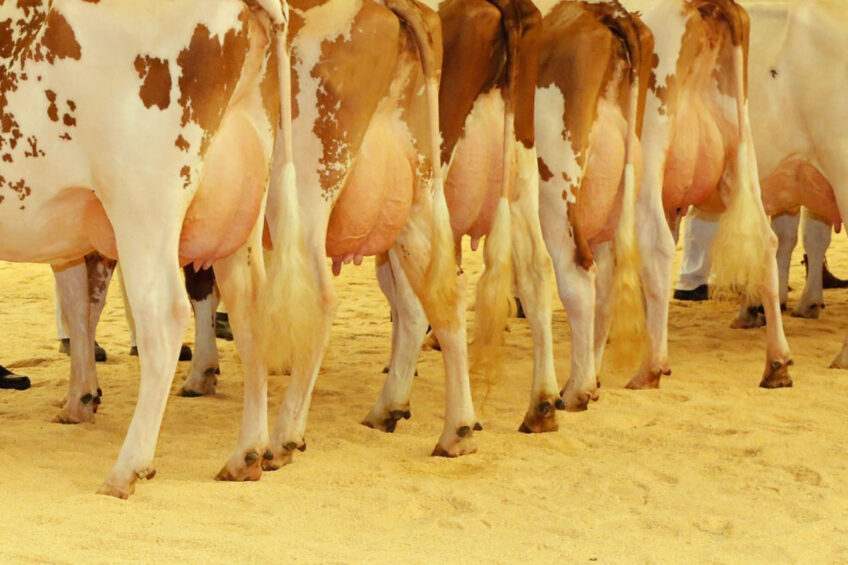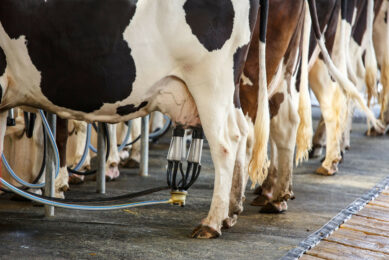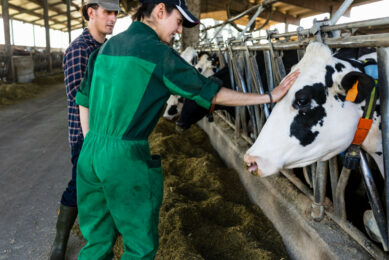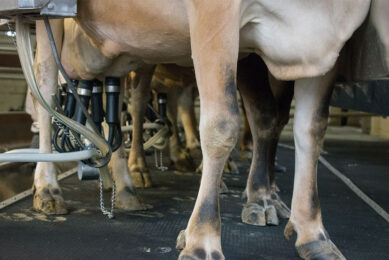Low-cost thermal image devices to detect cow lameness

Research has found that low-cost thermal images devices could be as effective as diagnostics that are up to 50 times more expensive.
The Royal Veterinary College (RVC) study highlighted that the lower cost imaging showed minimal difference in effectiveness of detecting lameness in dairy cattle when compared to more expensive devices. The effectiveness of cheaper devices could result in wider use among farmers, veterinarians and hoof trimmers helping to identify lameness earlier.
Lameness is a huge issue for the UK dairy industry with between a fifth and a quarter of cattle affected, costing the industry around £53.5 million a year. Therefore, the researchers say, the findings of the study could also reduce the high economic costs of the condition as well as enhancing cattle welfare.
The low-cost device is 2% of the cost of the high-cost device…
Comparing cow images
Led by Dr Nicola Blackie, a senior lecturer in Production Animal Science at the RVC, the study compared the thermal images of 83 cows’ hind feet, captured with both high and low-cost thermal imaging devices.
Very little difference was identified in the performance and quality of the devices despite the low-cost device being 2% of the cost of the high-cost device. Images captured suggested that low-cost thermal imaging devices would be the most cost-effective choice to aid in the identification of lameness.
The study also highlights the effectiveness of cheaper infrared thermal imaging devices in identifying the condition which has the potential to lead to the wider use of the devices by farmers, veterinarians and hoof trimmers. While high-cost devices have sometimes been used to detect lameness in cattle, the price point of up to £20,000 and fragility has previously limited their usefulness on farm.
“This project has the potential to make early detection of lameness in cattle accessible to more of the farming population, with greater economic and welfare benefits,” said Blackie.
The study was carried out with Aidan Coe, RVC undergraduate veterinary student, who as lead researcher added: “There is a possibility that low-cost infrared thermal imaging devices could be used as an objective, cost-effective method of assessing the lameness of the national herd, which may prove a useful adjunct to the current lameness detection methods.”
The study, ‘Comparison of low and high-cost infrared thermal imaging devices for the detection of lameness in dairy cattle’ is published in the journal Veterinary Sciences.










